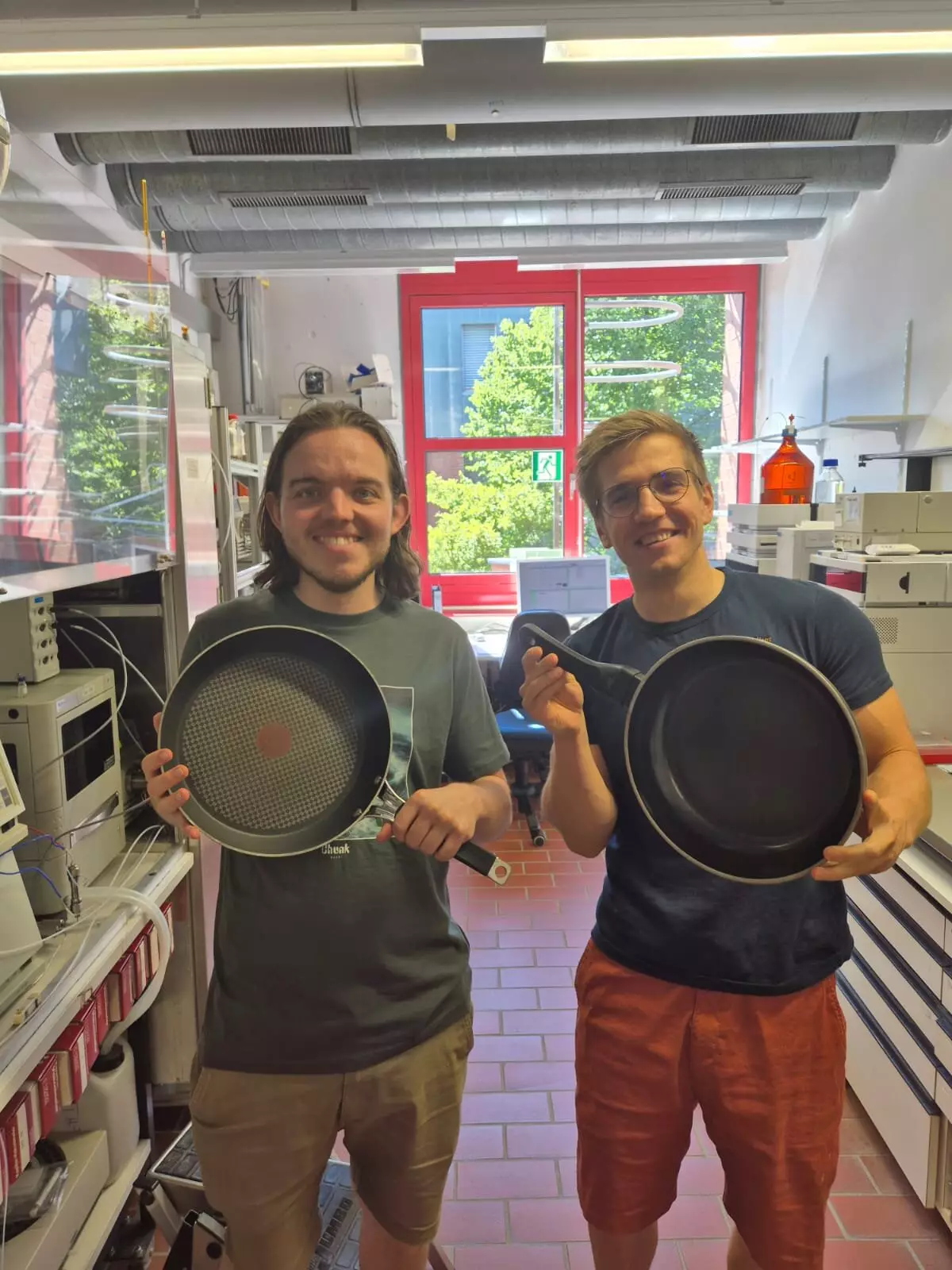The world is currently grappling with the implications of “forever chemicals,” specifically per- and polyfluoroalkyl substances (PFAS). These compounds, resilient against environmental degradation, have infiltrated our ecosystems, finding their way into the bodies of animals and infants alike. As they persist in the environment for prolonged periods, they raise alarm bells among scientists and environmentalists. The unfortunate consequence is an urgent call to action for alternatives that can mitigate their relentless accumulation. This pressing concern prompts innovative solutions, particularly from the field of chemistry.
Innovations at the University of Bayreuth
Recent advancements made by a team of chemists from the University of Bayreuth, in collaboration with Berlin-based researchers, bring newfound hope to environmental sustainability. Their breakthrough involves a novel class of fluorinated polymers engineered with ester bonds, enabling these materials to degrade at a staggering rate—20 times faster than their standard fluorinated counterparts. This development could herald a paradigm shift in how we manage fluorinated materials, transitioning from a waste-centered approach to one prioritizing sustainability.
The integration of ester bonds is pivotal; these bonds are notorious for their role in enhancing the degradation process within polymers. Historically, fluorinated compounds have been viewed as obstacles to environmental health, owing to their ability to resist breakdown in natural settings. However, the new class of polymers not only maintains desirable qualities such as low friction and water repellency—ideal for applications ranging from raincoat coatings to non-stick pans—but also offers a viable pathway to ultimately recycle the fluorine content for further chemical applications.
The Potential of Circular Economy
The significance of this research cannot be overstated. Creating polymers that align with the principles of a circular economy is vital for addressing the challenges posed by legacy compounds. Instead of languishing in landfills, the new fluorinated polymers can undergo degradation that yields recoverable fluorine—a crucial element that is becoming increasingly scarce. By designing materials that incorporate built-in degradation pathways, chemists are actively charting a course toward a sustainable future, where resources are managed more judiciously.
Interestingly, this breakthrough disrupts the traditional narrative surrounding fluorinated materials, which are often criticized for their environmental impact. As the lead researcher, Prof. Dr. Alex J. Plajer notes, “Fluorine atoms normally slow down degradation, but here it is actually accelerated by the fluorine in the material.” This revelation challenges preconceived notions of fluorinated substances and paints a more nuanced picture of their utility and environmental adaptability.
A Call for Responsibility in Material Design
The implications of this research extend beyond academic journals; they call for a reassessment of how industries approach material design and sustainability. As consumer goods containing fluorinated plastics, such as Teflon cookware, continue to proliferate, the onus is on manufacturers to embrace materials that mitigate their harmful environmental impact. The findings from the University of Bayreuth serve as a rallying cry for industries to reconcile their practices with environmental stewardship. The challenge lies in reshaping the narrative around these materials, compelling stakeholders to prioritize innovations that champion sustainability without compromising functionality. As the pursuit of a greener future unfolds, these developments resonate with urgency and promise, heralding a conscientious evolution in polymer science.

